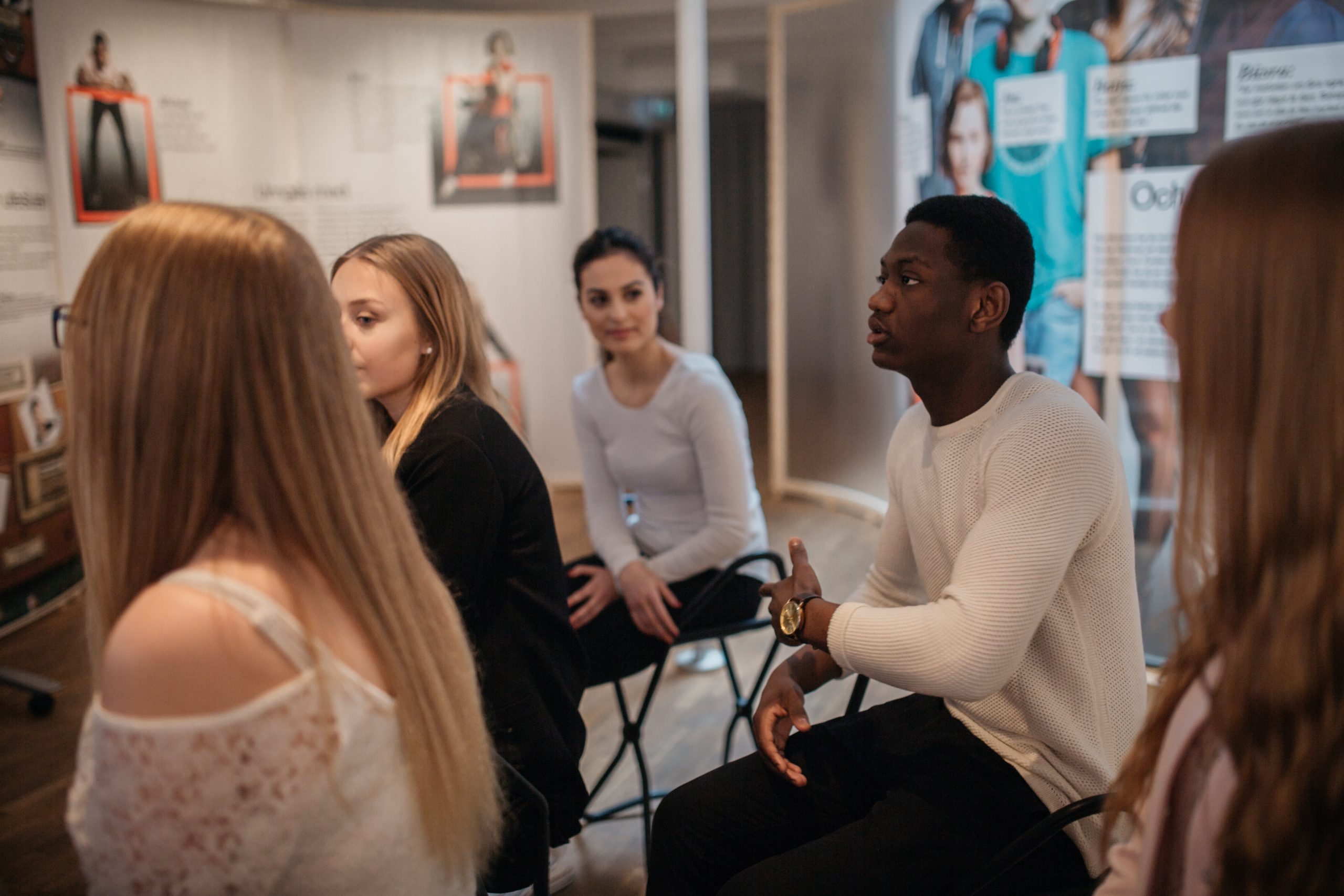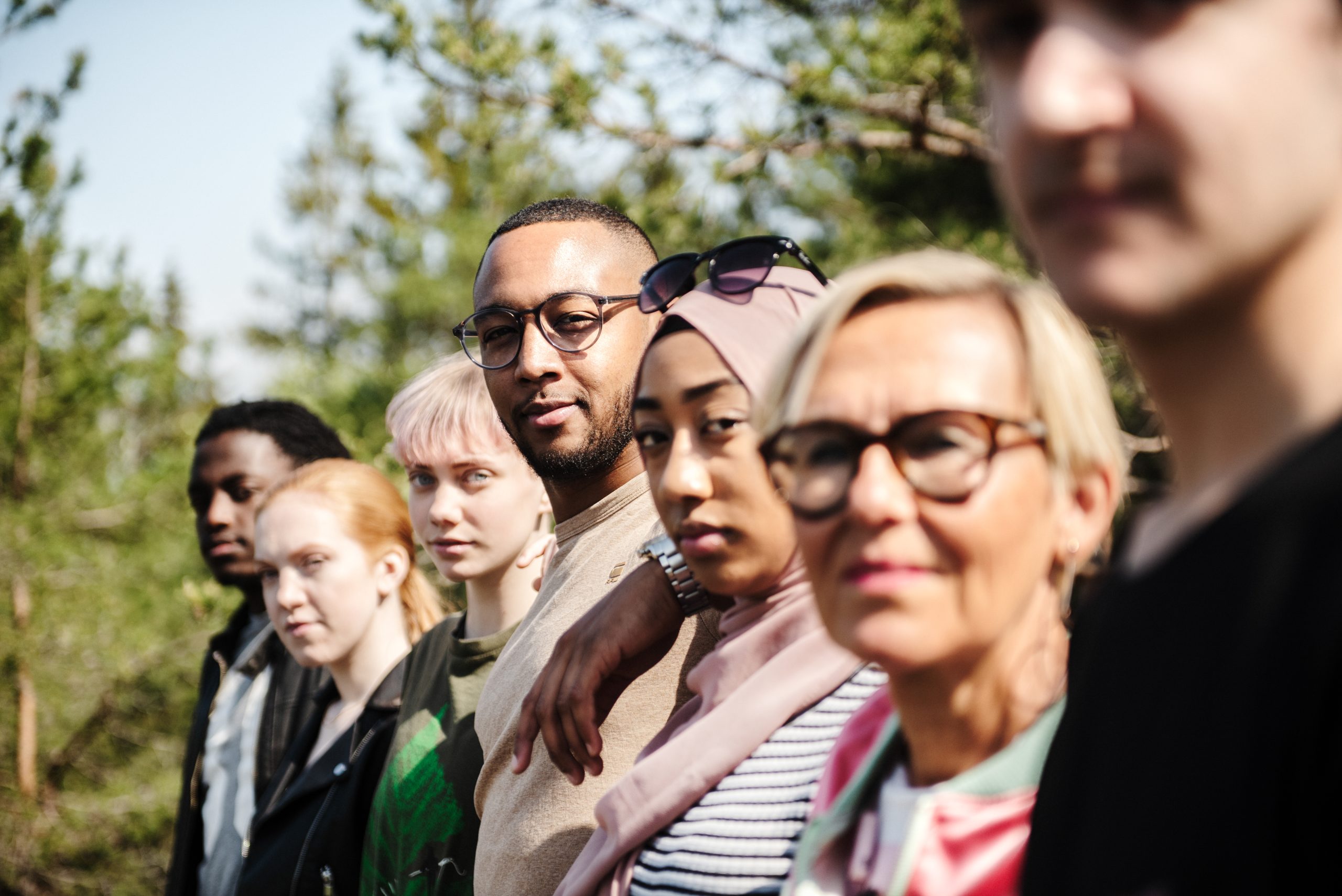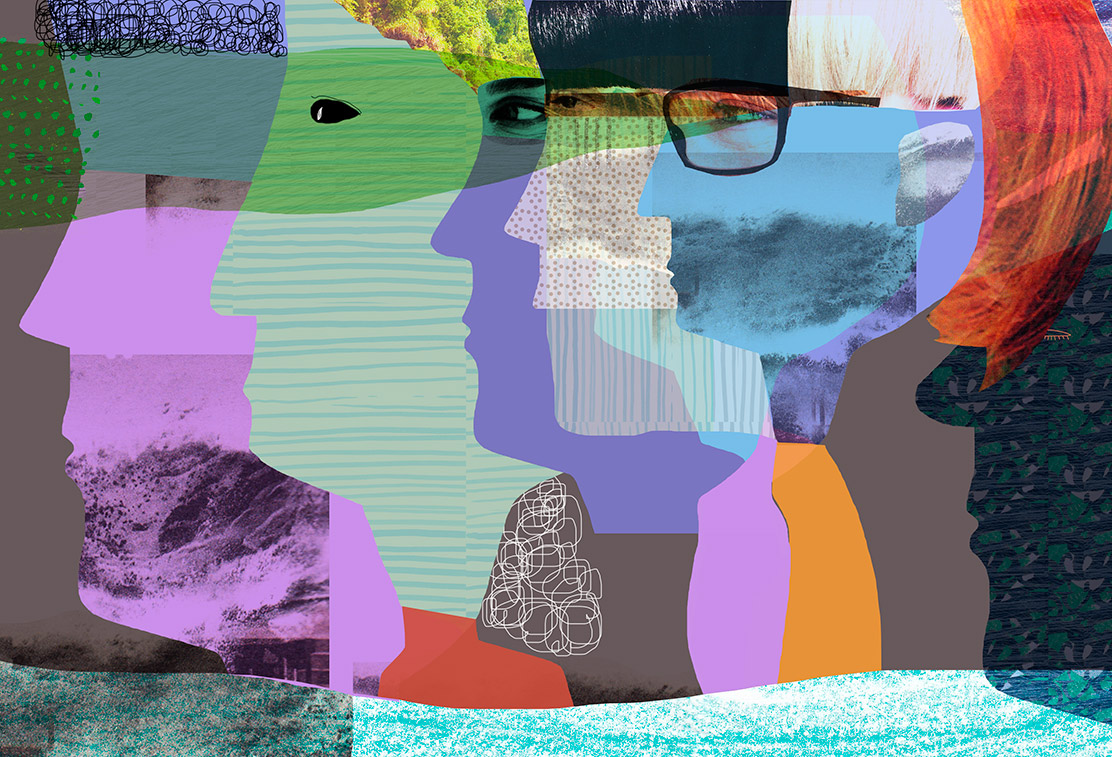Destination Auschwitz – About Swedish school trips to Holocaust memorial sites
Field trips for students to Holocaust memorials is a frequent and growing phenomenon in Swedish schools, even though there is no mandate in educational guidelines for schools to carry out such trips. Seen in this light, the trips are an unusual phenomenon within the Swedish system of education. In spite of this, the subject is not sufficiently researched and this report is the first study conducted regarding Swedish field trips to Holocaust memorials.
Author
Ola Flennegård, 2018
Summary
There are several studies from the international research field of teaching and learning about the Holocaust (TLH). They show that travel has often grown under the influence of a strong external actor with the predominant purpose of remembrance. In the Swedish context, such an actor has been absent. Instead, the educational sector has been the driving force behind the development of trips, especially its teachers.
The study shows that there is school staff in at least every third Swedish municipality with experience of carrying out student trips to Holocaust memorials. The study itself consists of in-depth interviews with ten teachers and one youth recreation leader from secondary school and upper secondary school with varying travel experience. The interview material is analysed according to the purpose of the trips, their organisation and methods for learning. The goal is to study the different forms under which these trips are carried out, as well as to analyse which travel genres are detectable in the material. The study rests on a constructivist base and does not claim to be fully representative.
In conclusion, the study shows that the stated purposes of the Swedish trips have been more universal than national. One can say that the ambition is to clarify the importance of assigning equal worth to all humans. Through this, the goal of positively affecting both the present and the future will be achieved.
Didactically, the goals are to visualise history and highlight its importance. Travel as an activity in itself in a new environment involves altered social situations for the individual student, and one goal is to benefit from this and enable personal development. From an organisational aspect, it appears that the teachers are interested in the students not being prevented from participating in the trips because of private economic reasons. The trips are financed within the boundaries of the schools budget, through external financiers and with the help of students’ fundraising and sales efforts.
Regarding travel destinations, all trips to Poland involve a visit to Auschwitz. Some trips go only to Germany and commonly last between four and nine days. The trips are led by teachers but a certain cooperation exists with local guides.
Concerning the teaching aspect, both the unique circumstances of a trip, as opposed to regular classroom teaching, and the memorials themselves help decide which methods are used. Conversations and contemplative writing are common and occur more systematically at certain times, such as evening gatherings at hotels. Memorial sites make use of ceremonies and narrations about individuals, but also witness reports. Within one of the genres, there are also assignments carried out by students while at memorial sites.
Three genres, called the school trip, the history trip, and the trip of social pedagogy, frame the interview material. The purpose of the school trip is for a class to share a unique experience outside the familiar environment of the school. In this respect, the influence of students on the choice of destination is vital. When it comes to organisation, the genre is characterised by the school in question jointly financing the trip and thereby involving parents. This gives students influence during the trip, an influence which is extended to parents who can join the trip. Spontaneity and the absence of formal constraints characterise the genre in a method perspective.
The purpose of the history trip, aside from knowledge of the Holocaust, is to make students aware of the existential and moral dimensions of history as a subject, and to problematise these. To the extent that the history trip as a genre includes the ambition to affect the future, this is done by disseminating awareness of the Holocaust.
Organisationally, no fundraising or other work efforts carried out by students has any bearing on the genre. In the event of a limited number of seats being available for a certain travel project, the ability of students to spread awareness of the trip is a deciding criterion for selection. The teacher decides the setup of the trip and manages it by weight of her knowledge and experience, but because of the genre’s emphasis on familiarity with memorials and expertise, an external field guide can also be brought in.
Looking at methodology, the shifting perspective regarding subject positioning and time are characteristic of the historical trip. Intellectual processes are emphasised more than emotional ones, since the genre comes into its own first when a critical distance is present for teachers and students.
The tangible goal of the third genre, the trip of social pedagogy, is that the student should be given the possibility of developing, through the content of the trip and the social dynamic that arises from it, in tune with universal goals. Yet another goal is therefore to affect the present, not primarily through knowledge transfer but rather as a result of students being provided an identity change.
Organisationally, the students’ fundraising and sales work is set up around the universal goals that permeate the travel project. This also includes efforts by parents. When the travel project has limited capacity, consideration is taken to heterogeneity and social roles in the selection of students. The setup of each trip is decided by the teacher who leads it. The genre tends to impel trips of around one week’s duration, which is a result of an ambition to didactically work with the social dynamic. The method follows from the desire to use the existential and moral dimensions of history to challenge the identity of the student. Proximity, not distance, to the historical course of events is preferable, which is why narrations about individual destinies are a commonly used method within the genre. The same is true of ceremonies at memorial sites that reinforce the emotional processes. These are balanced by intellectual processes activated through assignments carried out by students at the memorial sites. The objective of the assignments is to compel the students to attach their outward impressions with inner emotions and cognitive processes.
In a broader perspective, the report shows that the number of Swedish visitors to Auschwitz is increasing in line with an international trend. This can be seen against a backdrop of the memory of the Holocaust being universalised since the beginning of the 1990’s, which has made Auschwitz suitable as a place to visit for many nationalities. For the Swedish trips, with their absence of national objectives, Auschwitz is a suitable destination both historically and culturally. The memory of the Holocaust has grown out of an historical culture that has assigned Sweden a role as a protector of human rights and equality among people. Therefore, visits to Auschwitz do not challenge this self-image.
As seen in the report’s research summary, international research implies that there can be advantages to both particular and universal objectives seen from a teaching perspective. Seen in an international perspective, the impression is that Swedish trips would certainly enjoy these advantageous pre-conditions for teaching and implementation of learning about TLH. Reinforcing this view is the considerable role of teachers in everything from preparation to execution. This follows from the trips stemming from the organisational ground level of the education system, in the absence of a dominant external actor.
Another expression of the educational context that has shaped the Swedish trips is the ambition to let students practice the skills of the tourist and visitor in navigating and managing a foreign environment.
The report points to four research directions. The first has an historical-didactical character, and a Swedish historical-cultural meta-narrative is being sought. The other grounds the trips in an educational perspective and means that the trips can be analysed as a democratic discourse. A third research direction relates to the consequences of a professionalisation of TLH and trips. Finally, a fourth takes aim at the need for quantitative studies of which categories of students participate in the trips, and how participation varies according to different background factors.




